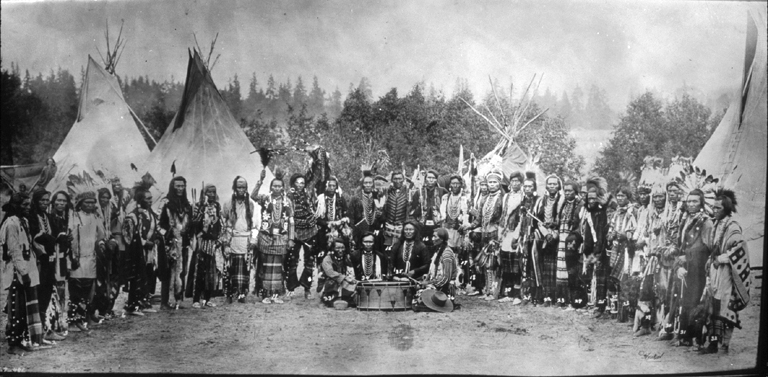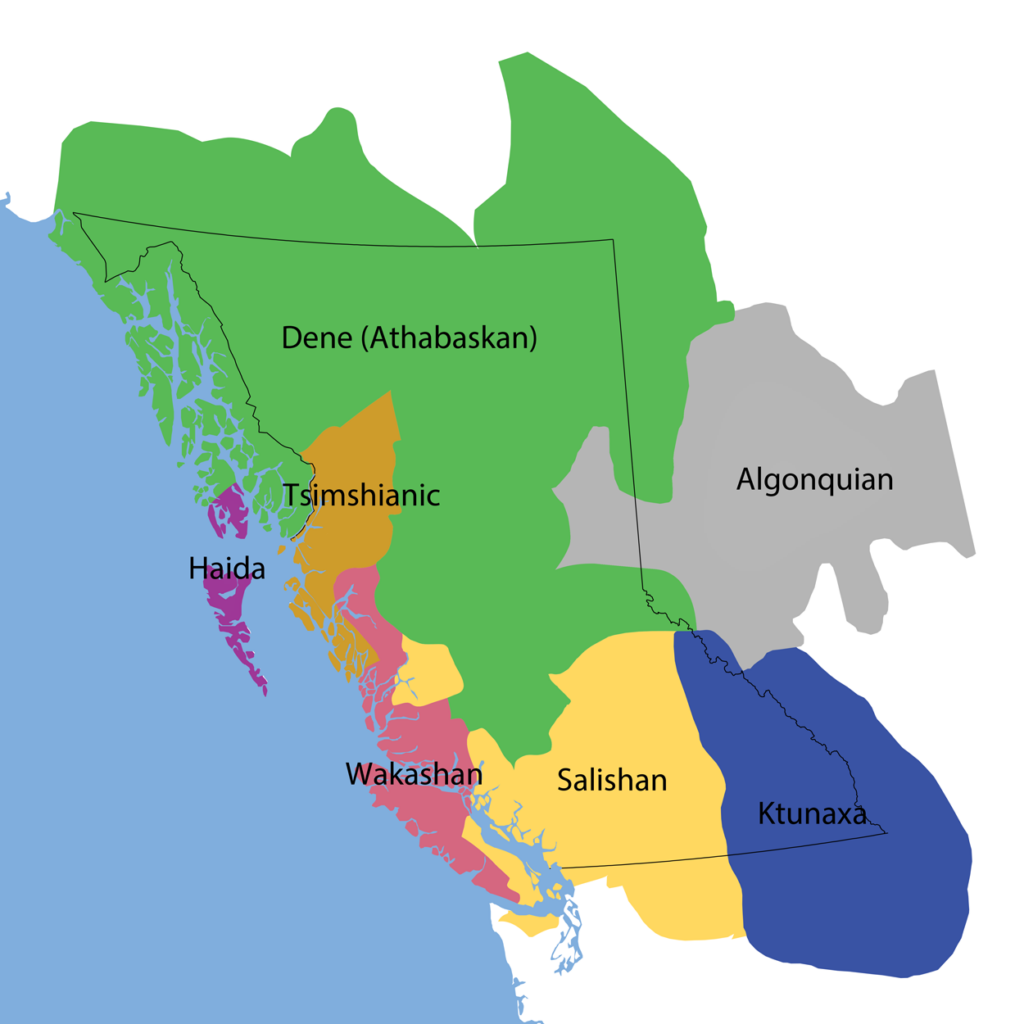British Columbia, with its diverse landscape, is home to a rich tapestry of Indigenous peoples, each possessing a unique history and culture. This article delves into the historical aspects of these groups, shedding light on their enduring legacies.
The Coast Salish: Historical Custodians of the Southwest
The Coast Salish peoples, including the Squamish, Musqueam, and Tsleil-Waututh, have inhabited the southwestern region of British Columbia for thousands of years. Historically, they are known for their strategic use of the coastal environment, engaging in fishing and crafting sophisticated canoes for navigation. Their longhouse structures, often adorned with intricate carvings, reflect a deep connection to their ancestral lands and spiritual beliefs.
The Interior Salish: Keepers of Southern British Columbia’s History
Inhabiting the southern interior, the Interior Salish, comprising the Nlaka’pamux, Secwepemc (Shuswap), and Okanagan peoples, have a history deeply intertwined with the rivers and valleys of the region. They traditionally practiced a semi-nomadic lifestyle, moving seasonally to gather resources. Their societies were, and continue to be, marked by complex social structures and rich oral traditions, preserving stories and knowledge passed down through generations.

The Northern Athapaskan: Resilient Cultures of the North
The Northern Athapaskan groups, including the Tahltan, Kaska, and Sekani, have a history characterized by resilience and adaptation to the harsh northern climate. Their traditional territories spanned vast areas, and they were adept at hunting and trapping. The Athapaskan languages, with their complex structures, are a testament to the sophisticated oral cultures of these groups.
Diverse Cultures and Their Histories across the Province
The Haida of the Haida Gwaii archipelago have a storied history, known for their seafaring skills and intricate art forms, including the iconic totem poles and complex clan systems. The Tsimshian, along the northwestern coast, have a history rich in trade and cultural exchange, known for their potlatch ceremonies, a central aspect of their social and spiritual life.
The Nuu-chah-nulth (Nootka) on Vancouver Island have historically relied on the ocean’s resources, with whaling being a significant part of their culture. The Kwakwaka’wakw (Kwakiutl), with their potlatch ceremonies, elaborate masks, and dances, hold a significant place in the cultural history of the Pacific Northwest.
In the Bulkley Valley, the Gitxsan and Wet’suwet’en peoples’ history is marked by their matrilineal social structure and intricate totem poles, reflecting a deep connection to the land and their ancestors.
The Haisla (Kitamaat), Heiltsuk (Bella Bella), and Nuxalk (Bella Coola) peoples each have unique histories, with rich oral traditions and spiritual practices deeply connected to the coastal environment.
The Tsilhqot’in (Chilcotin) people of the Central Interior have a proud history of defending their lands and resources, with a culture that revolves around hunting and fishing, deeply respecting the natural world.

Conclusion: A Mosaic of Indigenous Histories in British Columbia
The Indigenous groups of British Columbia are not just keepers of unique languages and cultures; they are guardians of a rich, diverse history that is integral to understanding the province’s past and present. This diversity enriches our understanding of Canada’s Indigenous heritage and underscores the importance of preserving and celebrating these ancient cultures for future generations.

